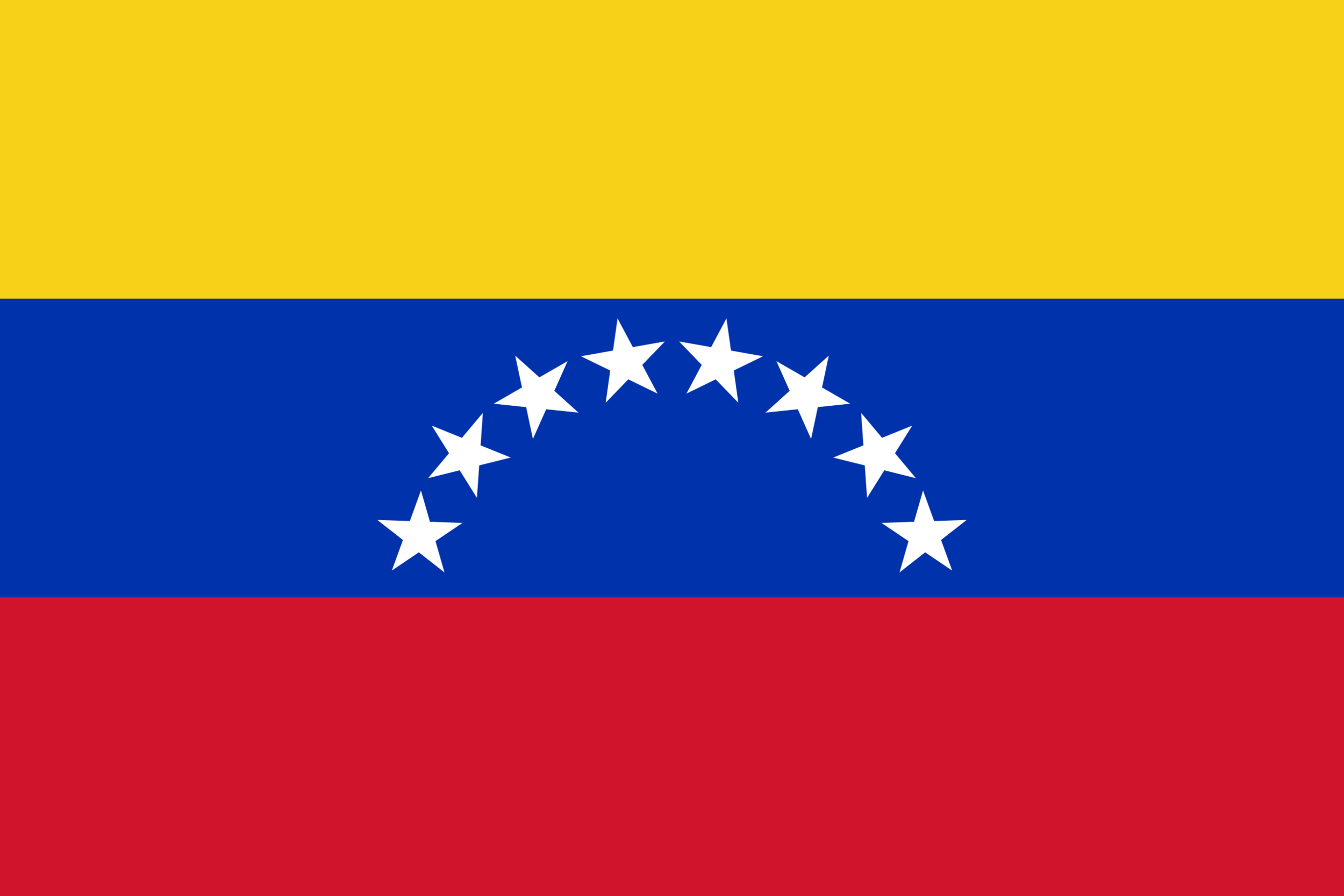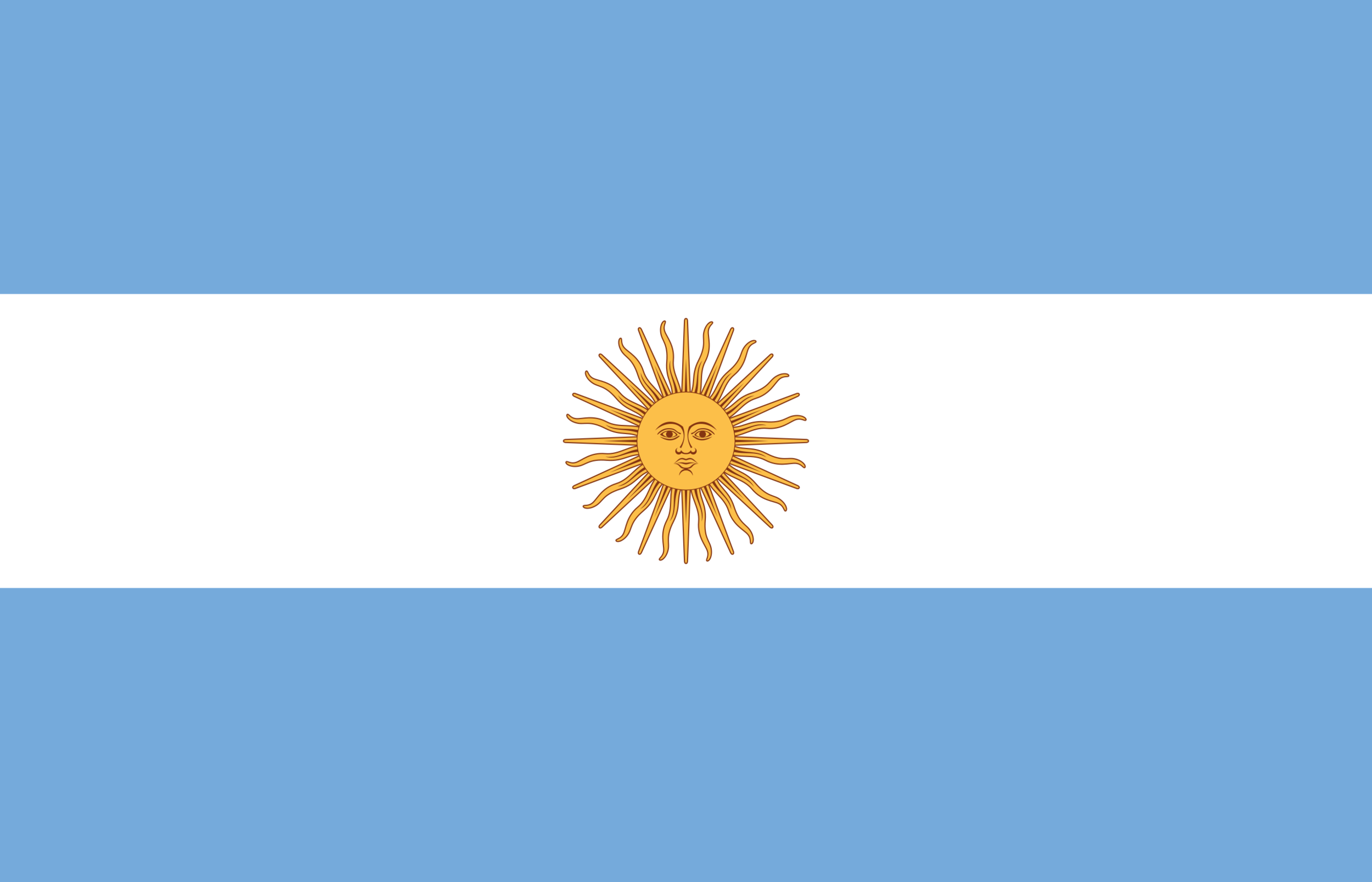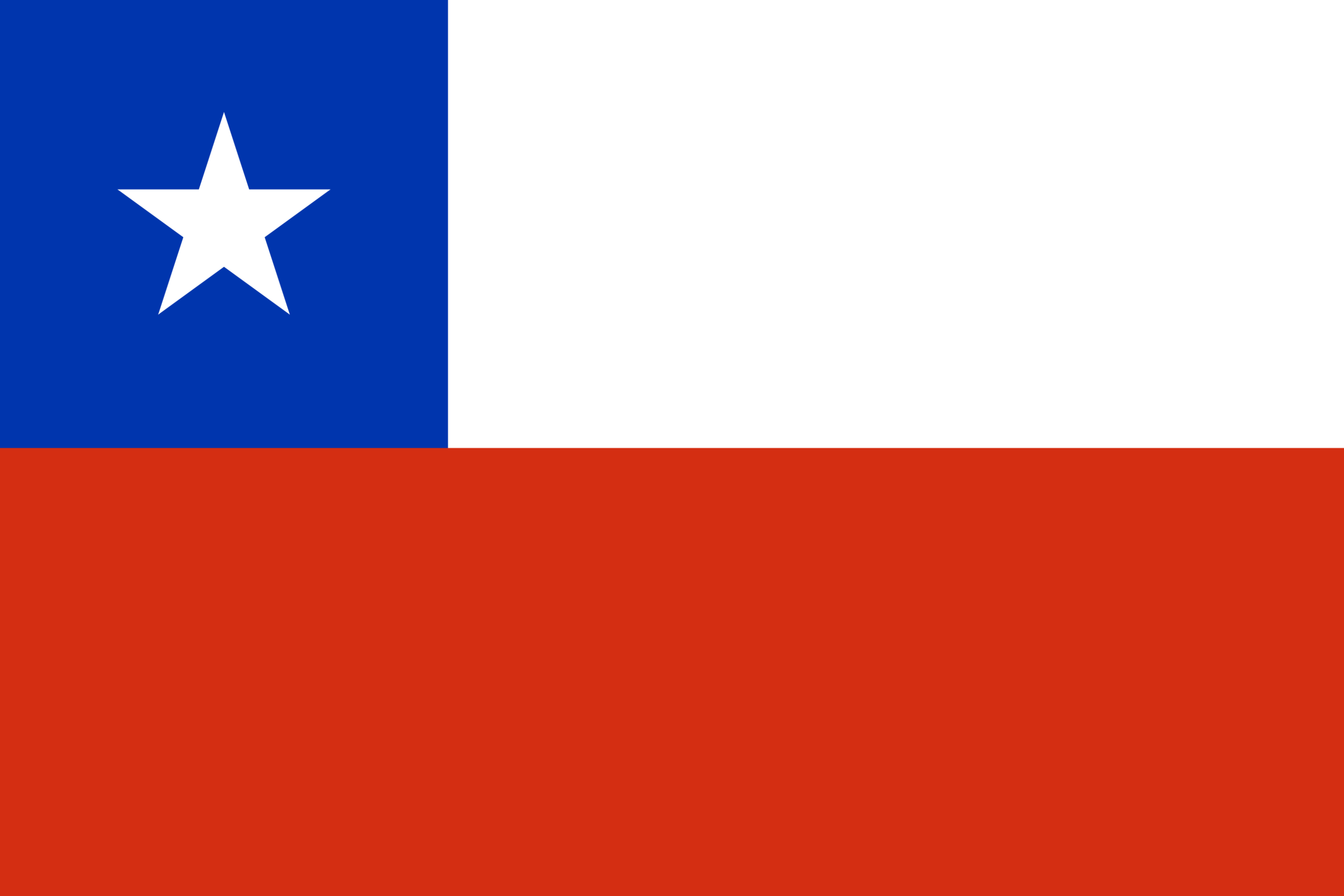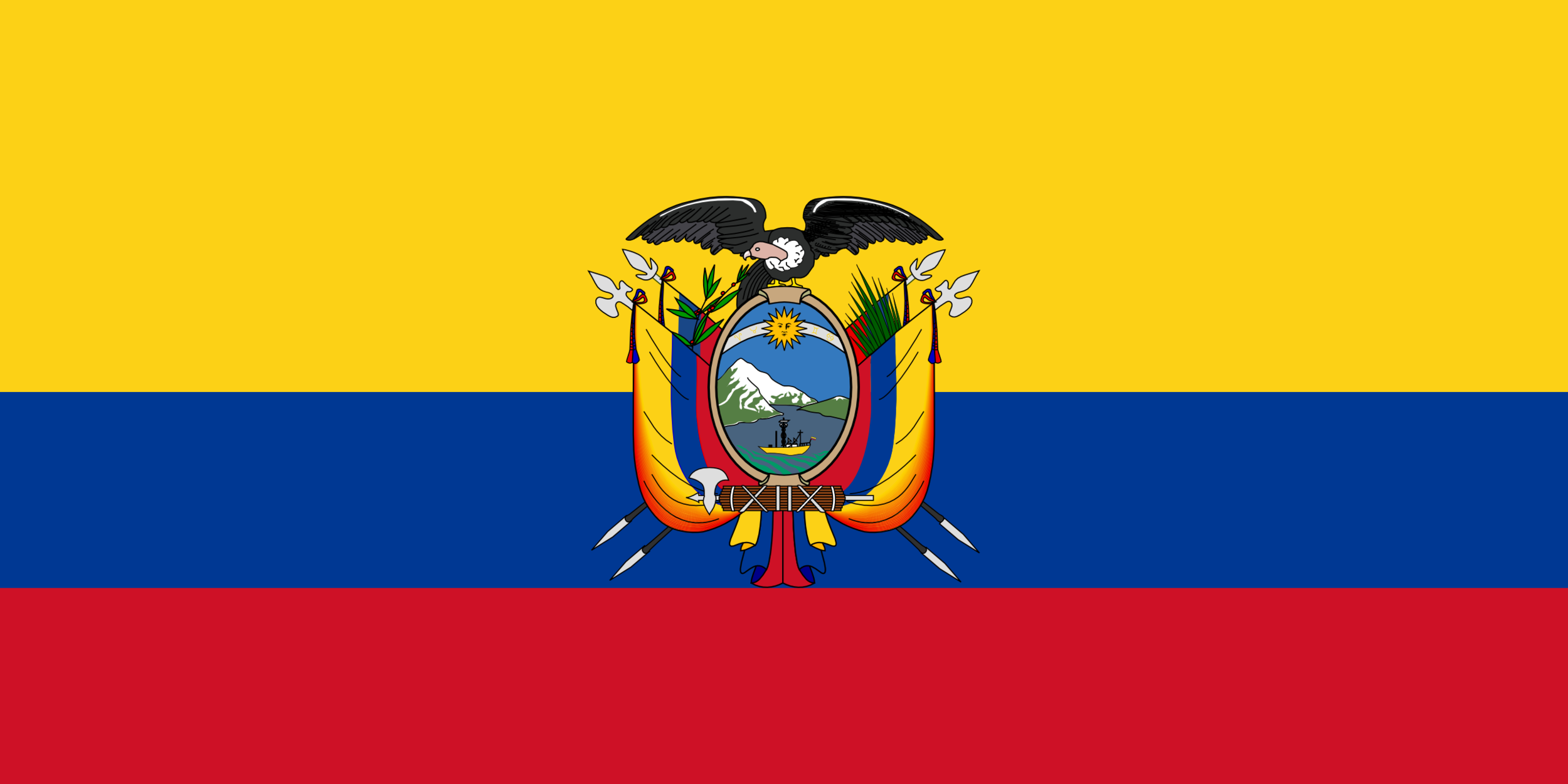Bamboo Species of Venezuela
10 genera, 60 species
Venezuela has the third highest woody bamboo diversity in Latin America. At present 10 genera and 60 species, 18 of them endemics, are reported with several species remaining to be described. A large part of the diversity is in the Guyana region, which has the endemic genus Myriocladus as well as endemic species of Arthrostylidium, Aulonemia, Neurolepis and Rhipidocladum.
The Venezuelan states with the highest woody bamboo diversity are: Bolivar, Amazonas, Tachira, Distrito Federal and Merida. The southern states (Amazonas and Bolivar) hold the greater diversity and number of woody bamboo species (63%), followed by the Andean region (38%).
The majority of the species belong to the genera Myriocladus and Chusquea (37%). The rest of the species are from the genera Guadua, Aulonemia, Arthrostylidium, Neurolepis, Rhipidocladum, Elytrostachys, Merostachys and Atractantha. The genus Guadua is well represented in Venezuela and only Brazil has a greater Guadua species diversity. Currently in Venezuela, there are 7 species described and confirmed with another 3 or so remaining to be described.
Native Bamboo Species of Venezuela
| Species | Diameter | Height |
|---|---|---|
| Arthrostylidium longiflorum | ∅ 20 mm | ⇑ 4 m |
| Arthrostylidium pubescens | ∅ 25 mm | ⇑ 15 m |
| Arthrostylidium sarmentosum | ∅ 4 mm | ⇑ 6 m |
| Arthrostylidium scandens | ∅ 9 mm | ⇑ 8 m |
| Arthrostylidium schomburgkii | ∅ 36 mm | ⇑ 15 m |
| Arthrostylidium venezuelae | ∅ 30 mm | ⇑ 10 m |
| Atractantha amazonica | ∅ 8 mm | ⇑ 6 m |
| Aulonemia chimantaensis | ⇑ 1,5 m | |
| Aulonemia deflexa | ∅ 5 mm | ⇑ 1,5 m |
| Aulonemia jauaensis | ∅ 10 mm | ⇑ 10 m |
| Aulonemia purpurata | ||
| Aulonemia robusta | ∅ 25 mm | ⇑ 4 m |
| Aulonemia subpectinata | ∅ 10 mm | ⇑ 6 m |
| Aulonemia trianae | ||
| Chusquea angustifolia | ∅ 12 mm | ⇑ 1 m |
| Chusquea fendleri | ||
| Chusquea linearis | ||
| Chusquea maculata | ∅ 30 mm | ⇑ 12 m |
| Chusquea pallida | ||
| Chusquea scandens | ∅ 25 mm | ⇑ 6 m |
| Chusquea serpens | ∅ 10 mm | ⇑ 20 m |
| Chusquea simpliciflora | ∅ 10 mm | ⇑ 25 m |
| Chusquea spencei | ∅ 40 mm | ⇑ 6 m |
| Chusquea tessellata | ∅ 10 mm | ⇑ 3 m |
| Elytrostachys clavigera | ∅ 40 mm | |
| Elytrostachys typica | ∅ 40 mm | ⇑ 10 m |
| Guadua amplexifolia | ∅ 100 mm | ⇑ 15 m |
| Guadua angustifolia | ∅ 200 mm | ⇑ 30 m |
| Guadua ciliata | ∅ 20 mm | ⇑ 10 m |
| Guadua glomerata | ∅ 45 mm | ⇑ 12 m |
| Guadua latifolia | ∅ 70 mm | ⇑ 11 m |
| Guadua paniculata | ∅ 70 mm | ⇑ 10 m |
| Guadua paraguayana | ∅ 40 mm | ⇑ 10 m |
| Guadua weberbaueri | ∅ 120 mm | ⇑ 20 m |
| Merostachys maguireorum | ∅ 14 mm | ⇑ 8 m |
| Merostachys retrorsa | ⇑ 2,5 m | |
| Myriocladus cardonae | ∅ 10 mm | ⇑ 3 m |
| Myriocladus churunensis | ⇑ 3 m | |
| Myriocladus distantiflorus | ⇑ 5 m | |
| Myriocladus exsertus | ⇑ 4 m | |
| Myriocladus grandifolius | ∅ 15 mm | ⇑ 3 m |
| Myriocladus involutus | ∅ 1,5 mm | ⇑ 1 m |
| Myriocladus longiramosus | ⇑ 5 m | |
| Myriocladus neblinaensis | ⇑ 1,5 m | |
| Myriocladus paludicolus | ⇑ 8 m | |
| Myriocladus simplex | ⇑ 3 m | |
| Myriocladus steyermarkii | ⇑ 1 m | |
| Myriocladus virgatus | ⇑ 1,5 m | |
| Neurolepis angusta | ∅ 10 mm | ⇑ 9 m |
| Neurolepis diversiglumis | ⇑ 1 m | |
| Neurolepis glomerata | ∅ 10 mm | ⇑ 8 m |
| Neurolepis mollis | ⇑ 4,5 m | |
| Neurolepis pittieri | ⇑ 6 m | |
| Neurolepis virgata | ∅ 4 mm | ⇑ 1,8 m |
| Rhipidocladum ampliflorum | ||
| Rhipidocladum angustiflorum | ||
| Rhipidocladum geminatum | ∅ 25 mm | ⇑ 10 m |
| Rhipidocladum parviflorum | ||
| Rhipidocladum racemiflorum | ∅ 10 mm | ⇑ 15 m |
| Rhipidocladum sibilans | ∅ 15 mm | ⇑ 8 m |
The use of bamboo in the country is not significant and it contributes little to the local economy. However, interest has been expressed by various government agencies in bamboo as a natural resource.
The genera Guadua and Bambusa are the only ones that might have at least a modest economic value in this country. Bamboo is still used by peasants and indigenous communities for building homes and for making various household utensils.
Bambusa bambos and Bambusa vulgaris are widely cultivated in Venezuela and are mainly used to construct homes, to make racks to dry tobacco and to stabilize riverbanks. Guadua angustifolia and Bambusa vulgaris are the most promising bamboo species.
Guadua angustifolia occurs in the states of Merida, Tachira, Barinas and Amazonas, at lower and middle montane forest, mainly at the edge of riverbanks and creeks, at elevations of 100 to 1,000 m. It is locally called "guafa", "guafa real" or "bambu".
The total area of natural Guadua forest in Venezuela is difficult to estimate. There is no national or regional inventory of the Guadua forest or clumps that could help in calculating an estimated area. The only available inventory is about the 6,000 ha of Guadua (2.88%) in the Forestry Reserve of Ticoporo, which extends to 210 000 ha.
The average green weight of Guadua angustifolia in Venezuela is 59.6 kg, with an average green weight equal to 44.5 T-m/ha, equivalent to an average dry weight of 30.7 T-m/ha. On comparison with Asiatic species, such as Melocanna bambusoides (21 T-m/ha), Bambusa polymorpha (22 T-m/ha) and Bambusa arundinacea (32-36 T-m/ha), Guadua angustifolia represents a bountiful harvest.
Source: INBAR






















